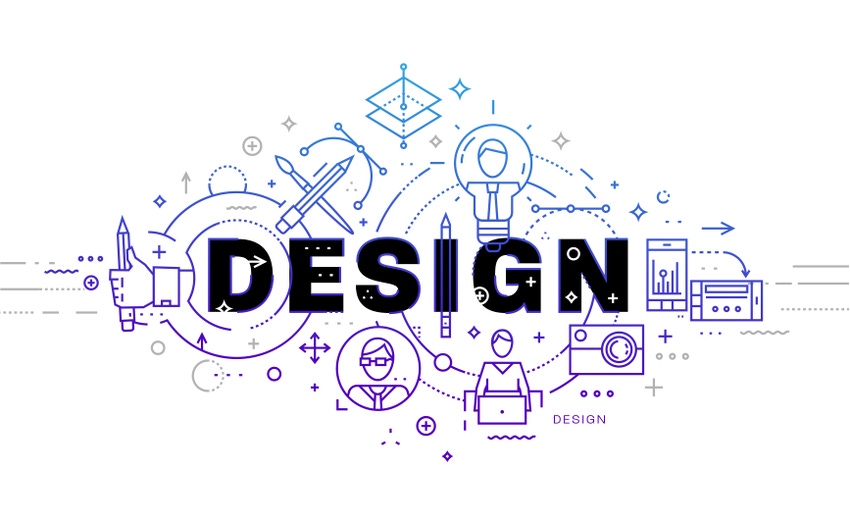How Detailed Are Your Design Inputs?
An R&D manager shares his perspective.
February 17, 2017

An R&D manager shares his perspective.
|
Li Jin |
Medical device designers are well versed in design controls, but generating design requirements can get a little confusing. At MD&M West 2017, Li Jin, R&D manager for Abbott, clarified a few points about design inputs in "Developing Design Requirements to Ensure User Needs Are Met in Product Development" on February 7.
A design input is defined as the "physical and performance requirements of a device that are used as a basis for device design," according to 21 CFR Part 820.3.
Writing design input requirements can be challenging. Jin explained that designers should ask themselves whether a design input is practical and feasible to verify and whether it is critical to product safety and efficacy. Additionally, design inputs should always trace back to at least one user need, he said.
It is critical to be objective. "Poorly written design input requirements could be subjectively interpreted," he said, pointing to words such as "easy" and "withstand."
"What does 'easy' mean? And 'withstand' can be ambiguous," he explained.
Instead, he encouraged the audience to write detailed objectively stated requirements. "A detailed, well-defined design input is straightforward to execute and clear for showing compliance," he said.
Jin offered the following example of a detailed design input: "A product can withstand 2 lb. of force under tensile loading when pulled at 1 in. per minute using pull tester A and fixated by test fixture B, as tested by test procedure C." He followed with the caveat that ultimately it is up to the designer, and organization's procedure, to determine the appropriate level of detail for the input requirements of a product.
He also encouraged the audience to provide a rationale when quantitative values are stated. Using the above-mentioned example, he advised documenting the rationale explaining why a 2-lb. force requirement is needed so the knowledge does not become lost.
Lastly he said that while product specifications and product features lists could be mistaken as design inputs, they are actually design outputs and should not be driving design decisions for a product to meet its user needs.
For more perspectives on medical device development, plan to attend the conference at Advanced Design & Manufacturing Cleveland March 29-30. You'll learn about the journey from product conceptualization to market entry as well as the emerging technologies that are changing the future of the healthcare landscape.
Daphne Allen is executive editor of Pharmaceutical & Medical Packaging News and a contributor to Qmed. Reach her at [email protected] and on Twitter at @daphneallen
[Top image source SHUTTERSTOCK/Ozerina Anna]
About the Author(s)
You May Also Like




.png?width=300&auto=webp&quality=80&disable=upscale)
